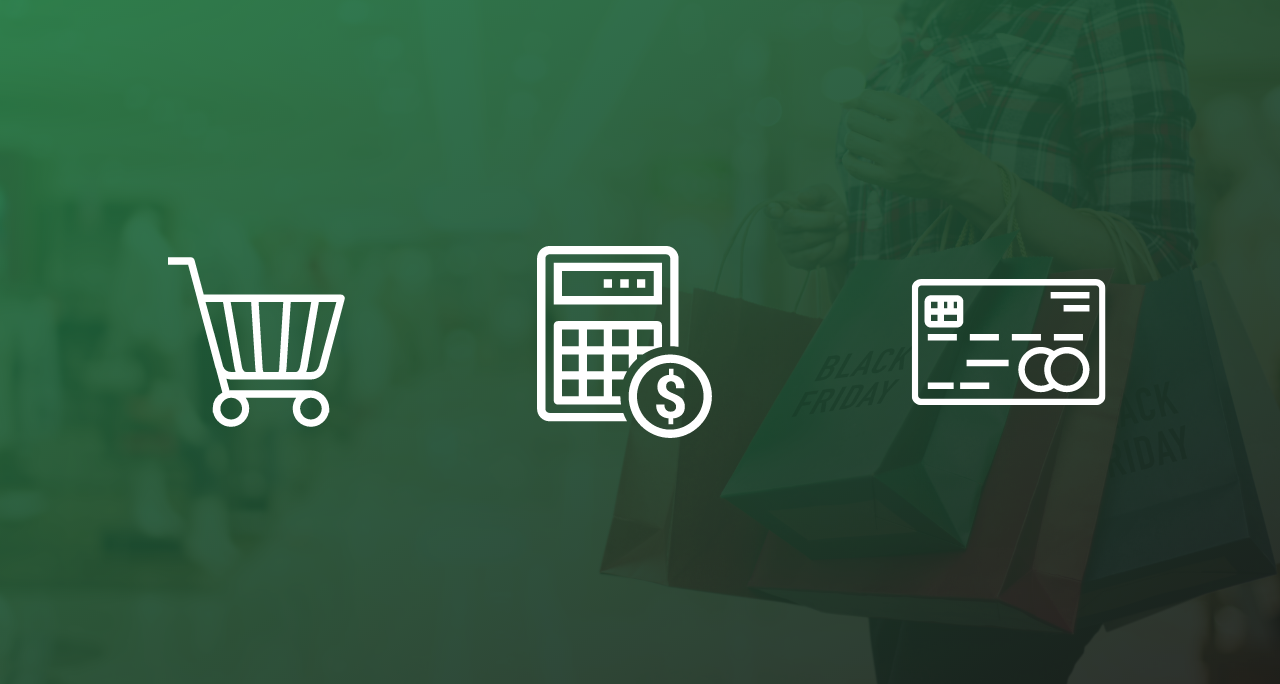The holiday season is a great time to increase your business revenue, so it’s no surprise that these types of promotional periods have spread out around the world, enticing customers’ anticipation each year. Consumers in different countries “celebrate” different promotional holidays, at different times of the year. In the US, the main promo period is Black Friday, a four-day discount spree including Black Friday, the Saturday and Sunday following Thanksgiving, and Cyber Monday.
Shoppers in the UK, Canada, Australia and New Zealand, however, are most busy in late December. Boxing Day occurs each year on December 26th in these countries, generating substantial holiday shopping. For shoppers in China, early November is the shopping holiday period of choice – Singles Day is celebrated each year on November 11 in these countries, with high sales volumes for merchants and marketplaces. Given their spread and appeal, it is undeniable that these shopping holidays represent a great opportunity for merchants, contributing to an ample percentage of a business’ annual sales.
In a recent webinar organized by 2Checkout I had the pleasure to present my approach on how online businesses can tackle this period, focusing on the Black Friday holiday organized in the US. My role as a Product Marketing Manager at Nexcess as well as my previous experience helped me gain a better understanding of what eCommerce businesses need to do to stay competitive during the holiday season.
During this session I addressed the three main points that they are struggling with these days:
1) How important is the Black Friday weekend?
2) How can your business maximize revenue during this intense holiday shopping period? and 3) How do you keep your website from going down just when you need it most?
How important is the Black Friday Weekend?
We started off by looking at some extraordinary numbers: in 2019, $7.4 billion was spent in US online sales on Black Friday; this translated to an average order value (AOV) of $168. And the numbers go up by 5 to 10% every year, according to data from Adobe Digital Insights. Cyber Monday sales alone hit $9.4 billion in 2019, and with the pandemic, they are likely to be as high as $11.5 or 12 billion for 2020.
COVID-19 will almost certainly impact traffic at brick-and-mortar stores during this important weekend; although 189.6 million people visited these retail stores in 2019, that number will be much smaller this year and these same visitors are likely to be shopping online in much greater numbers, as I pointed out to our audience.
Overall, what’s different in 2020? I hit on four main points during the session:
- Decline in brick-and-mortar retail. The US was already “over-retailed” compared to Europe, with a preponderance of brick-and-mortar; the US will have to recalibrate post-COVID.
- Changing demographic. Generation Z (customers 25 years and younger) have more purchasing power, are more likely to be living on their own, and are spending more.
- COVID-19. Customers are afraid to shop indoors, and widespread loss of jobs will also have an effect. Some groups will have more money to spend, while others significantly less, as I pointed out.
- US Presidential Election. Negativity on social media networks may have muted users’ activity, possibly leading to lower exposure to product marketing on these channels.
How can businesses maximize revenue during this intense holiday shopping period?
One of my main recommendations was that of having done advance work on your website and shopping cart before the holiday weekend and shopping frenzy begins. Don’t plan to introduce a new coupon in the middle of Black Friday weekend, for instance, because your site will likely have technical problems.
Establish in advance a day assigned to “code freeze,” around November 14, as I like to recommend, after which no major changes are made to the sales process your shoppers will experience from that point on.
As an online merchant, there are two other main objectives that could help your business make more money during Black Friday Weekend:
- Increase your Average Order Value (AOV). First, you need to know this number, then you can plan to upsell (to premium versions, for instance) or cross-sell (by adding on accessories or other complementary products), because shoppers are more likely to upgrade when they are purchasing gifts for others. WooCommerce and other companies have add-on software that is quite affordable and can automate this process for you. If you know your AOV, you can be strategic about promoting pricing or shipping deals. If your AOV is $27, as an example, you could offer free shipping at the $50 threshold. As an argument for this advice, I cited a UPS study that showed that shoppers are willing to spend 30% more if offered free shipping. Promote this as much as you can to reap the benefits.
- Preventing or recovering abandoned carts is another way to increase your revenues, and it isn’t as difficult as you think, if you ask me. With an average cart abandonment rate of 91% on desktop and 81% on mobile, this is a crucial area to address. Don’t make shoppers set up all the tedious account details; make it automatic, if possible. Make sure you have backup payment methods for the 10% who abandon due to lack of payment gateways or declined credit cards. Also, load time is crucial: 57% of cart abandonment happens when load time is longer than three seconds. If you can get a sub-one-second load time by Black Friday, that is magical.
- Some additional tips:
- Use reputable payment gateways, like 2Checkout.
- Show trust signals. Everyone wants to see the lock icon in the browser’s address bar, to know their transaction is secure.
- Have a clear and generous return and shipping policy, with a summary of the details in your checkout. 27% of shoppers abandon their cart because they perceive that your policies are weak if something goes wrong with their order.
- Send an email within 24 hours to customers who abandon their carts: 3% of all eCommerce revenue has been shown to come from these communications, even after the customer has left your website, and 60% of lost sales can be recovered by sending an email within 24 hours. A company like Jilt can take out the heavy lifting by automating these abandon cart emails for you.
- Set up a loyalty program. After the rush of the holidays, having customers in a loyalty program can ease the pain of lower revenues in the months to come.
How do you keep your website from going down just when you need it most?
This may just be the most important thing—all the other steps you’ve taken to improve and maximize your revenues are essentially wiped out if your store can’t function. For example, Costco lost $11 million in just 16 hours when it was down on Thanksgiving Day in 2019.
Even a one-second slowdown can reduce conversions by 7%, with 11% fewer page views. “Website speed is important,” something I always like to remind people. By going to GTmetrix.com you can enter your URL to see how fast your website loads, for free; less than three seconds load-time is essential, and one second or less is optimal.
Also critical this time of the year is throughput, defined as the amount of your products that are purchased in a specific period of time. During the Black Friday Weekend, you need to have the capacity to handle a very high volume of customers as fast as possible, to best amplify revenues. I recommend consulting with your hosting company about the number of PHP workers you have available, well in advance. Do it today, if you can.
The holiday sales season brings challenges but also tremendous rewards; to see my entire presentation and learn more about how your business can flourish during the upcoming several weeks, watch the full webinar here.






